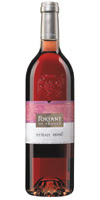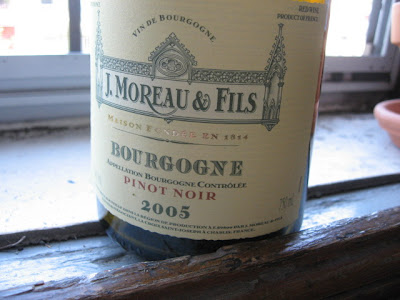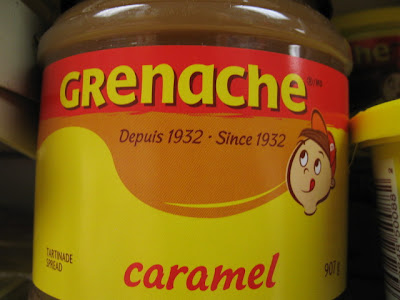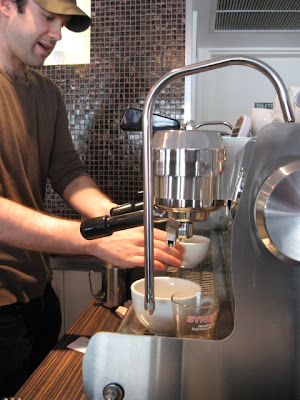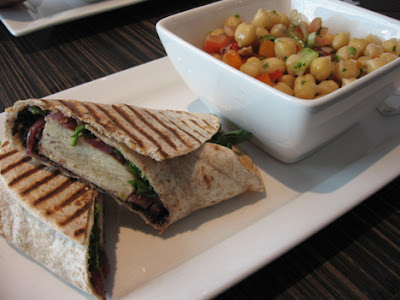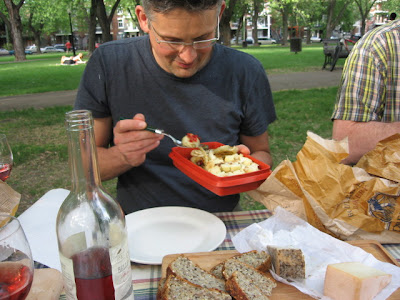Labeling information depicts a branch on a family tree
Something about looking at wine labels really intrigues me -- the fact that they combine factual data with regional cultural influences, whether those might be purely label-design elements or wine labeling requirements specific to a designated viticultural area.
And so, with that in mind we finally reach the crescendo of WLW #1.
Friday's installment of Wine Label Week was sort of pre-empted to bring news that we Canadians are bigger drinkers than ever. This is a "label" that didn't surprise me, and in fact I think it could be expected with the number of people I know who are newly interested in buying and discovering wine. Nonetheless the stats that were released point to a significant trend worth looking at and in that regard I wanted to post an entry on it.
I also wanted to post it since the post I have here today was still being assessed by the experts on Friday. I refer to my "mystery wine" and its a mysterious label pictured here. For it, I turned to the helpful and resourceful folks on the members' forum at JancisRobinson.com.
MYSTERIOUS WINE WITH LABELING MYSTERY
As we can see, this label's different from previous examples during WLW. Yes, the designation is there -- it's an A.O.C. from Beaune, 1er cru -- putting its geographical origin in Burgundy. The vintage year is where things deviate intriguingly. Someone has written directly on the glass bottle in felt pen or paint above the front label.
Was this written by the winemaker? And is there a particular practice indicated by this? That was essentially my question to the wine forum.
And the answer, as suggested by Jancis Robinson herself yesterday, is that hand-written vintage years do indeed imply that the bottle would have come direct from its maker.
Perhaps what's most striking about all this is where did I manage to come across such a bottle, especially since I have not been to Choreys-lès-Beaune since the summer of 2000, when this wine would've still been very much cellared away in some quai.
The truth is that I found this bottle about three months ago. It was left behind in a vacated apartment adjacent to mine and I immediately took interest in it when I saw it. (Unfortunately, it was already empty but, as I said, I do gravitate to wine labels and might be well on my way to full-fledged vintitulism, the practice of wine label collecting.)
In any case, it was only in researching the winemaker when preparing this post that I realized something all of a sudden. The previous tenant had shared his surname with the one on the bottle's label.
With seemingly direct access to a Beaune domaine, this is one neighbour in whom I am kicking myself for not taking a keener interest while we were still neighbours. (I have no idea of his whereabouts now and in fact have been sending back any mail that continues to arrive, marked Déménagé in large letters.)
Who knew a link to a cellar full of Beaune 1er cru could've been as close as just across the hall?






